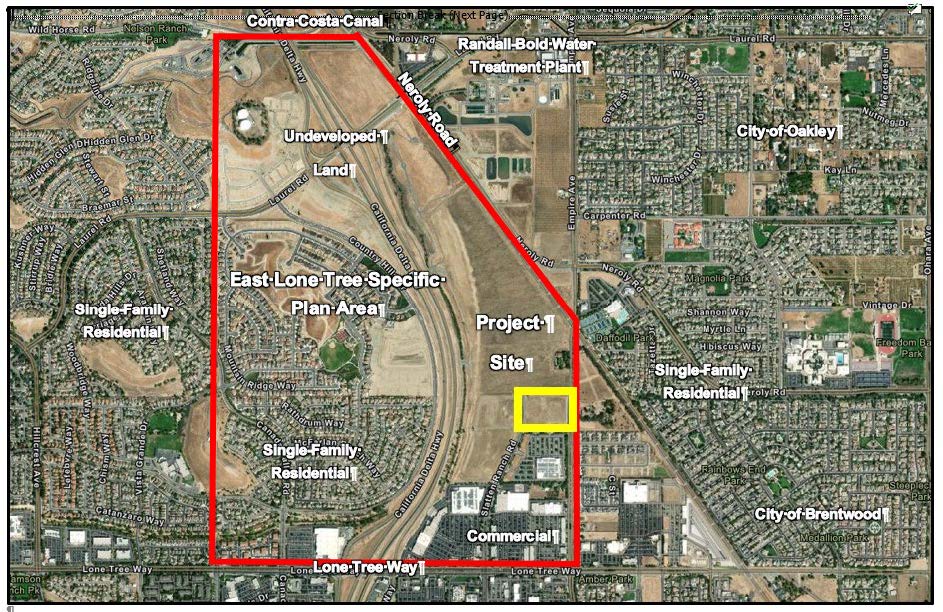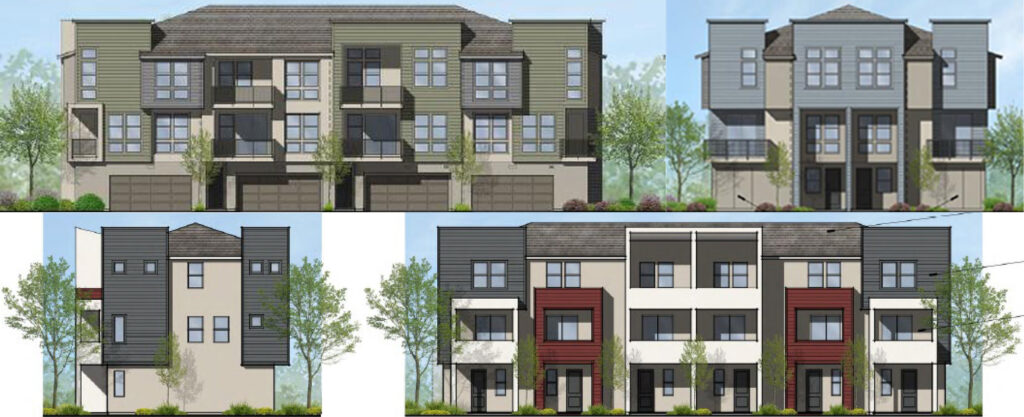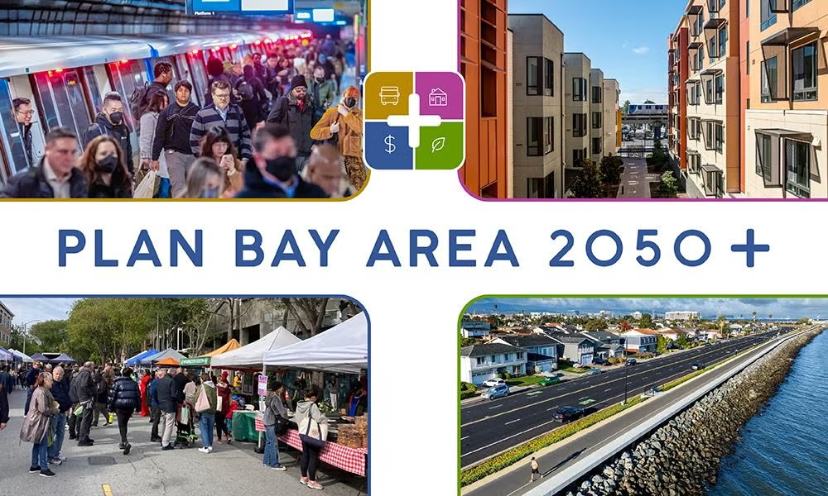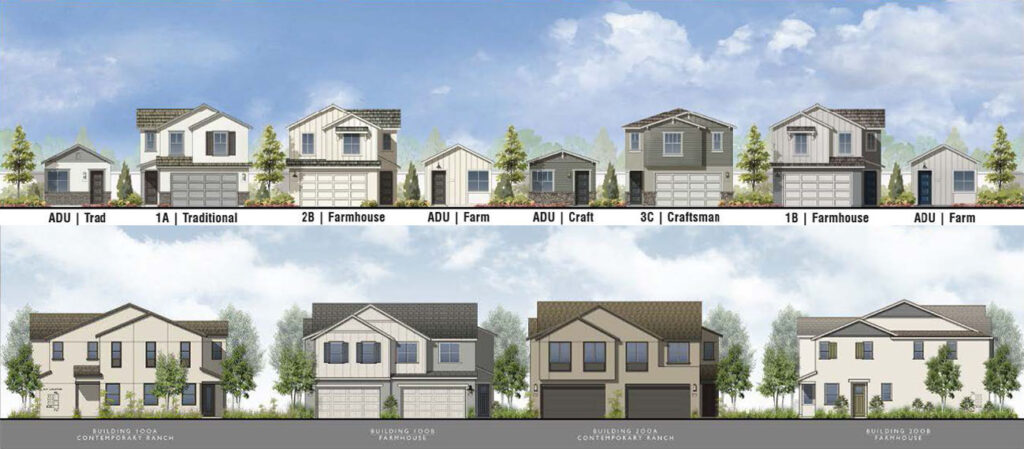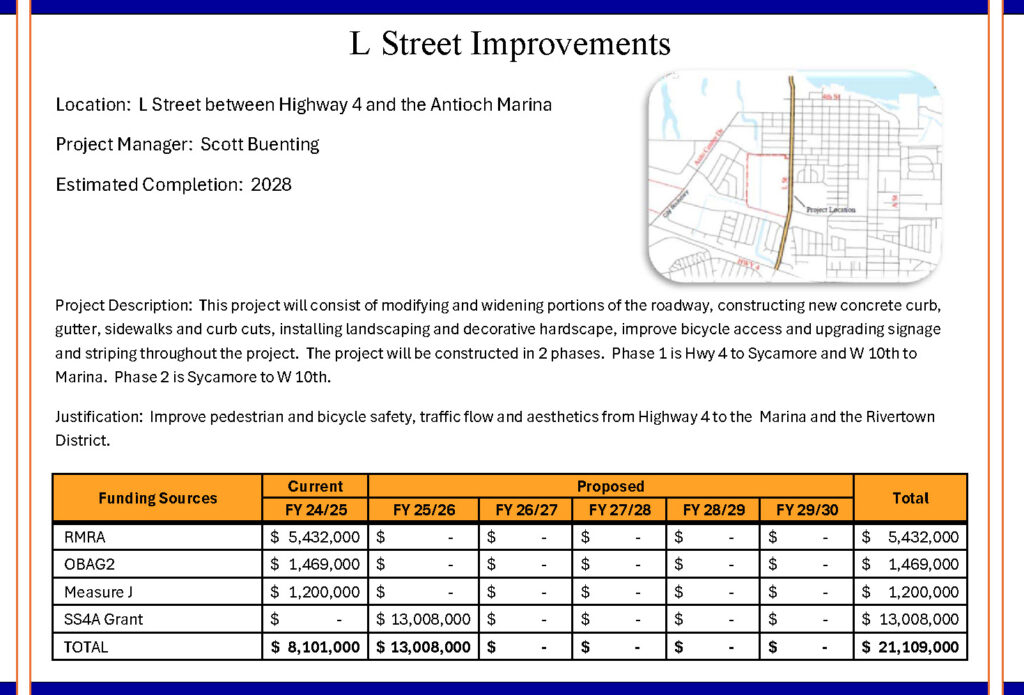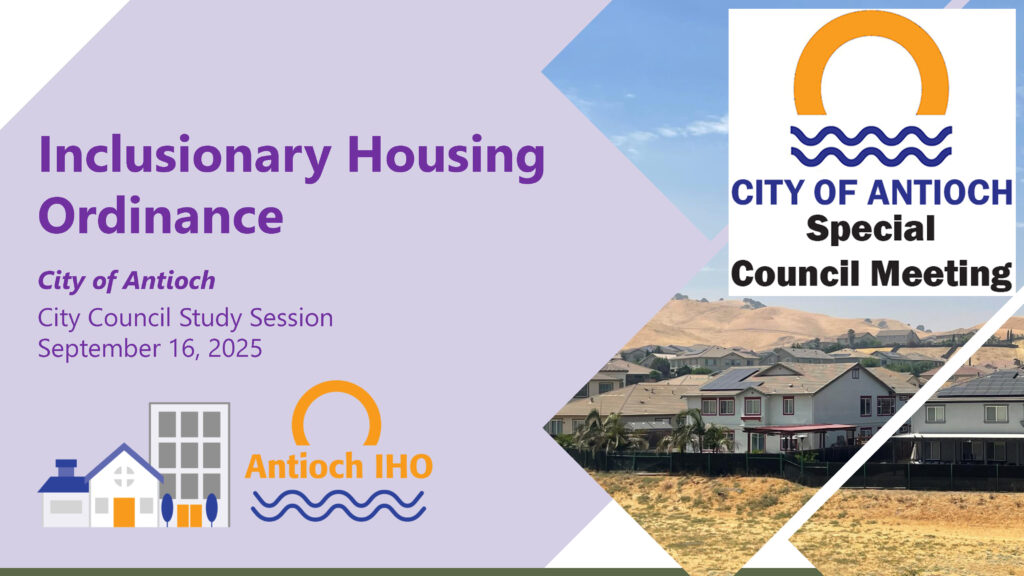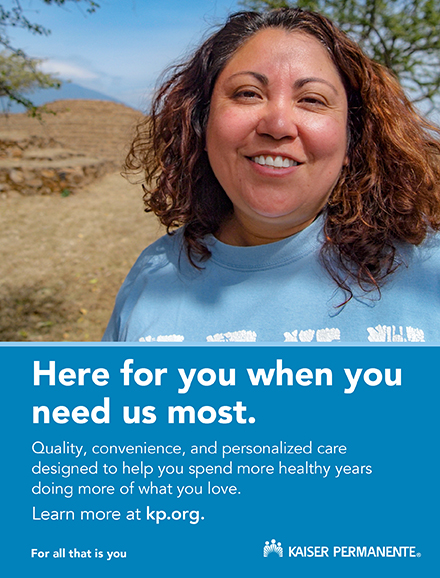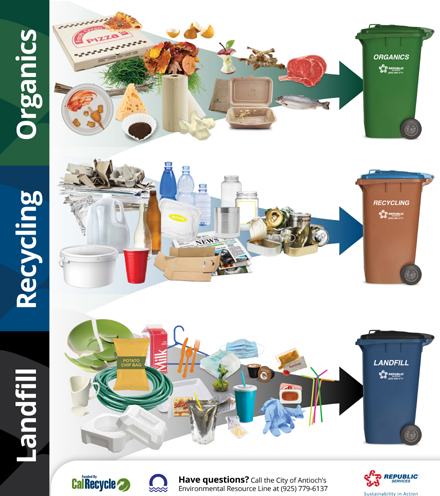3rd time may be a charm for Antioch townhomes project during special Council meeting
Monday, November 3rd, 2025
Will again consider Wildflower Station Townhomes 2 project by troubled developer Tuesday night
Learn how state law is forcing Council to approve new housing developments
By Allen D. Payton
After the Antioch City Council held a public hearing during their meeting on Sept. 23, 2025, on the proposed Wildflower Station Townhomes 2 Multifamily Residential Project by troubled DeNova Homes, postponed a decision until their meeting last Tuesday, Oct. 28, but split 2-2, with District 1 Councilwoman Tamisha Torres-Walker was absent, the Council will once again consider the project during a special meeting tomorrow night, Tuesday, Nov. 4, 2025.
The council meeting is scheduled then instead of the regular day of the second Tuesday of each month due to the Veterans Day holiday on Nov. 11th.
It will be the third time the Council will consider the project by the embattled developer, whose father and son leaders were indicted in April on charges of bribing an Antioch city councilman last year. (See related articles here, here and here). During last Tuesday’s meeting, Antioch resident Melissa Case named former Councilman Mike Barbanica as the target of the attempted bribe but who has repeatedly told the Herald he will not speak about an open investigation. So, the target could also have been former Mayor Lamar Hernández-Thorpe.

Council Approved Developers’ Other Townhomes Project on Oct. 28
Like DeNova Homes’ Slatten Ranch Townhomes Project, approved last Tuesday night on a 3-1 vote, with District 3 Councilman Don Freitas voting against, the Council is expected to also approve the Wildflower Station project because it, too, was submitted under SB330 which basically ties the councilmembers’ hands. The law gives certain protections to developments that follow the law’s procedures. (See below)
Both Mayor Pro Tem and District 2 Councilman Louie Rocha and District 4 Councilwoman Monica Wilson complained during last week’s council meeting about the state forcing the councilmembers to approve the project. Yet, Wilson along with Freitas, voted against it. The Council then voted 4-0 to continue the item until tomorrow night’s meeting which Torres-Walker is expected to attend and potentially break the tie vote.

State Housing Law Forces Councilmembers to Approve New Developments – HAA, HCA, RHNA
According to a publication by the Southern California Council of Governments, Key Provisions of SB330, the state Housing Crisis Act (HCA) of 2019, include:
- Retroactively “freezes” residential zoning standards to what they were on January 1, 2018.
- Does not allow jurisdictions to enforce moratoriums or growth control measures on new housing development.
- Prevents jurisdictions from imposing or enforcing new design standards on housing projects that are not “objective”.
Plus, “The HCA strengthens the Housing Accountability Act – HAA – (Gov. Code §65589.5) which states that a housing development project that complies with the objective standards of the general plan and zoning ordinance must be approved by the agency, unless the agency is able to make written findings based on the preponderance of the evidence in the record that either: 1) the local government has already met its Regional Housing Needs Assessment (RHNA) requirement (Antioch hasn’t); 2) there is an impact to the public health and safety and this impact cannot be mitigated; 3) the property is agricultural land (it’s not); 4) the approval of the project would violate State or Federal law and this violation cannot be mitigated; or, 5) the project is inconsistent with the zoning and land use designation and not identified in the general plan housing element RHNA inventory (it isn’t).”
According to a Sept. 2020 Technical Assistance Advisory by the California Department of Housing and Community Development’s Division of Housing Policy Development, the HAA “establishes limitations to a local government’s ability to deny, reduce the density of, or make infeasible housing development projects, emergency shelters, or farmworker housing that are consistent with objective local development standards and contribute to meeting housing need.”
In addition, the Advisory explains that SB330/HCA “set forth vesting rights for projects that use a new pre-application process,” which both townhome projects did. Most of the bill’s provisions were to sunset on January 1, 2025, but they were extended until January 1, 2030, with the passage of SB8.
The RHNA – now referred to as the Regional Housing Needs Allocation – requires the City of Antioch to approve 3,016 new homes in four income categories between 2023 and 2031. (See related articles here and here, and chart above)
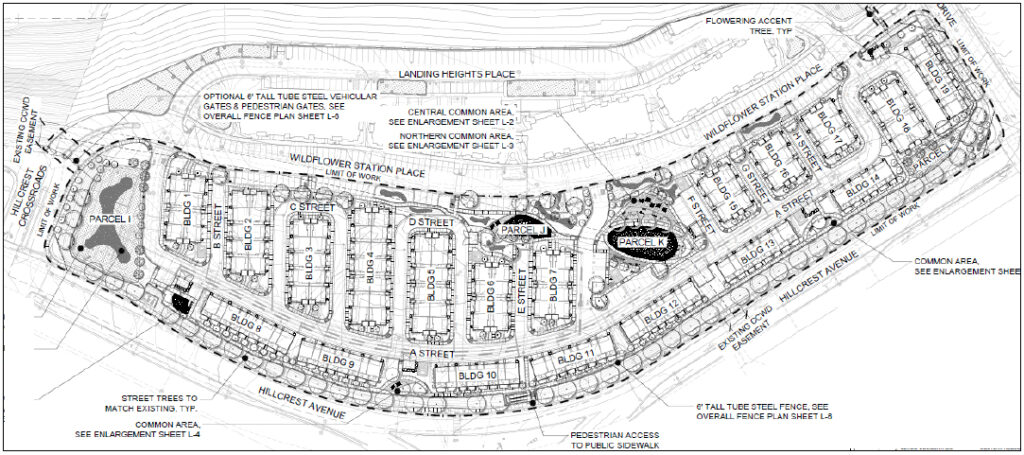
Wildflower Station Townhomes 2 Project
The proposed Wildflower Station Townhomes 2 Multifamily Residential Project is a 159-unit townhome-style condominium development. It is planned for the four-parcel, 10.35 acre vacant property near the intersection of Hillcrest Avenue and Deer Valley Road and bordered by Wildflower Drive to the east and the road next to the KFC restaurant in the Hillcrest Crossroads shopping center which also serves the existing condo development.
According to the City staff report for the agenda item, #6, the proposed project consists of a Vesting Tentative Subdivision Map to create 19 residential lots for 19 three-story buildings, containing 159 new townhome condominiums in two different building styles: “back-to-back” and row townhome-style. Both styles of townhomes include individual one-car or two-car garages with the living areas primarily on the second and third levels above the garage parking.
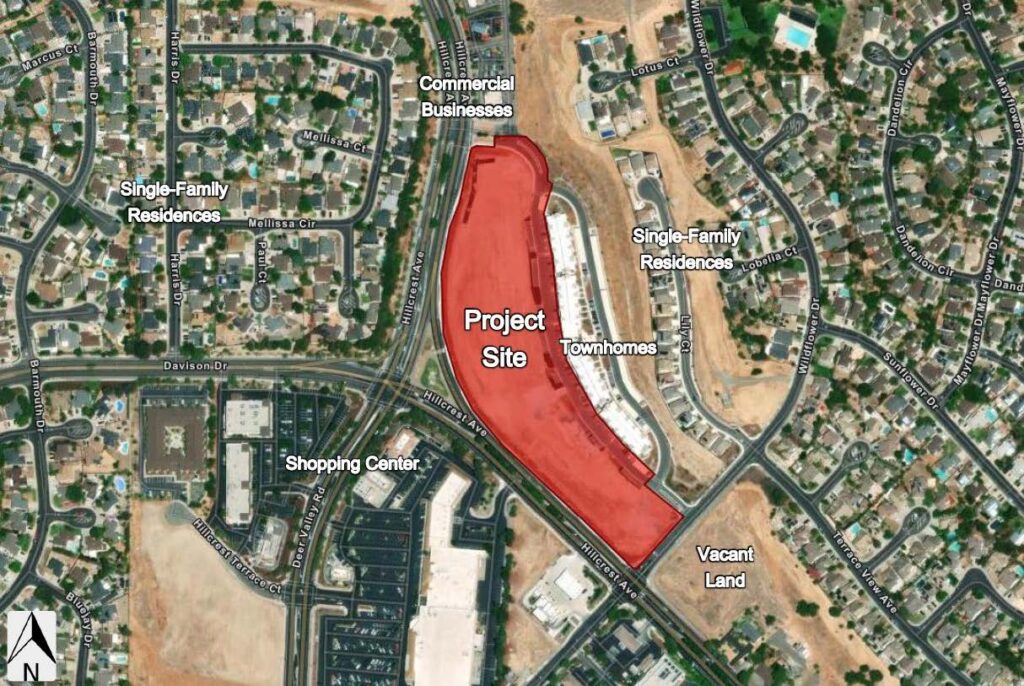
The proposed project would include a total of 2.8 acres of landscaping and open space, consisting of two open play areas and open space for bioretention. The play areas would include 25 additional parking spaces with another 57 surplus shared parking spaces with the adjacent Wildflower Station development. The 159 residential units would consist of a mix of two- and three-bedrooms units, ranging in size from 1,135 to 1,381 square feet.
The project site was part of the larger 23-acre Wildflower Station project that includes 22 single family homes (on the ridgeline above), the 98-condominium stacked flat homes immediately adjacent and planned commercial development that was entitled in 2018. The single-family homes and condos were built, but the commercial parcels along Hillcrest Avenue (the current project site) weren’t and the land sat undeveloped.
In 2023, the City Council revised the General Plan and rezoned the four parcels to High Density Residential District (R-25). The proposed project would result in a density of approximately 20 du/ac.
The project was also submitted in 2023 as a Preliminary Housing Application under SB330.
Con Fire Quarterly Report
Before the item is heard, the Council will receive the Contra Costa County Fire Protection District – Quarterly Report presentation by Fire Chief Lewis Broschard.
See the complete Council Meeting Agenda packet.
Meeting Details
The meeting will be held in the Council Chambers at City Hall, 200 H Street, in Antioch’s historic, downtown Rivertown. They can also be viewed via livestream on the City’s website and the City’s YouTube Channel, on Comcast Cable Channel 24 or AT&T U-verse Channel 99.













